
Diets for a Blue-Tailed Skink. The five-lined skink is often called a blue-tailed skink when it's young because of the bright blue tail it possesses. They range through states like South Carolina and Georgia, according to the Savannah River Ecology Laboratory. This species adapts fairly well to life in captivity and functions well in an enclosure with multiple lizards that contains only one male skink. As insectivores, blue-tailed skinks primarily eat insects, but they also enjoy small animals and worms.
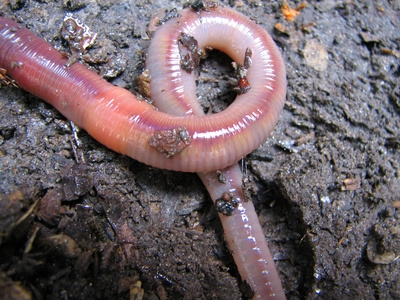
There are over 1 million types of arthropods in the world, and they represent about 90 percent of all living organisms, indicates the University of Arizona. Arthropods are separated into several classes, but the blue-tailed skinks eat the insects and arachnids of this species. Grasshoppers, beetle larvae, roaches and crickets all make good additions to a blue-tailed skink's diet. Wax worms, the larvae of the snout moth, are another good dietary source. Live insects and arachnids may either come from commercially produced sources or gathered from pesticide-free areas.
Vertebrates are animals that possess an internal skeleton. Animals categorized under this species include fish, birds, mammals and rodents. Blue-tailed skinks, though they primarily consume arthropods, are opportunists that will eat small vertebrates when possible. Newborn mice, smaller lizards and frogs compose the vertebrate portion of a skink's diet, according to BioKids.
There are over 4,400 types of worms, and some, like the earthworm, are found at nearly every corner on earth. They primarily live in the soil, and the tunnels they create to move throughout the dirt and up to the earth's surface provide a way for water and sunlight to support plant life, based on information from All About Worms. Earthworms, which can be found in the upper layer of soil in most yards, are a convenient food for the blue-tailed skink's diet.
When people think of mollusks, they usually think of shellfish, but snails and slugs also fall under this category. Considered terrestrial mollusks, they can be found in grass, soil and under groundcover, such as a layer of leaves, notes the University of Arizona. As they are found in common grassy areas, like parks, yards and gardens, snails and slugs are another convenient addition to the blue-tailed skink's diet.
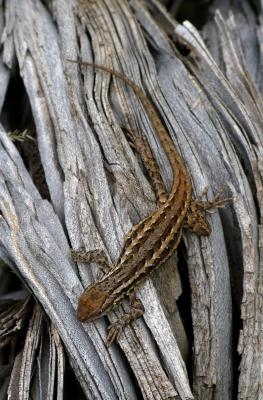 How to Trap a Small Lizard
How to Trap a Small Lizard
How to Trap
How to Trap a Small Lizard
How to Trap a Small Lizard
How to Trap
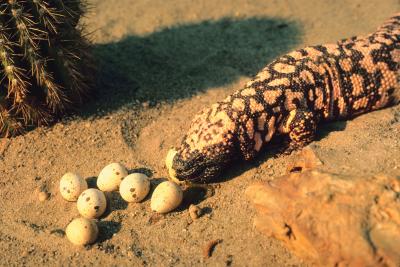 How to Figure Out What Species My Lizard Is?
How to Figure Out What Species My Lizard Is?
How to Figure Out What Species My Lizard Is?
How to Figure Out What Species My Lizard Is?
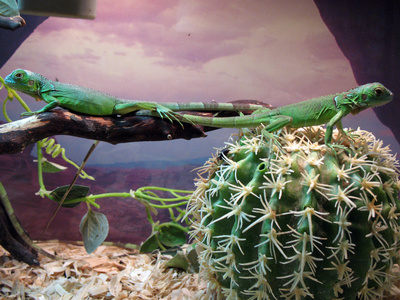 Natural Habitat of a Lizard
Natural Habitat of a Lizard
Natural Ha
Natural Habitat of a Lizard
Natural Habitat of a Lizard
Natural Ha
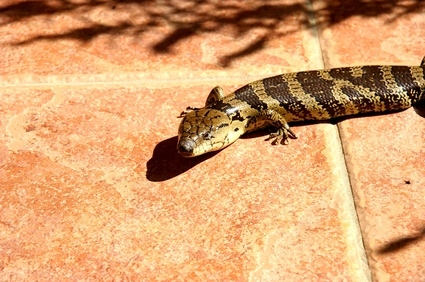 How to Tell If a Blue-Tongued Lizard Is Male or Female
How to Tell If a Blue-Tongued Lizard Is Male o
How to Tell If a Blue-Tongued Lizard Is Male or Female
How to Tell If a Blue-Tongued Lizard Is Male o
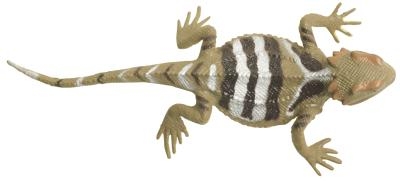 How to Tell the Gender of a Lizard
How to Tell the Gender of a Lizard
How
How to Tell the Gender of a Lizard
How to Tell the Gender of a Lizard
How
Copyright © 2005-2016 Pet Information All Rights Reserved
Contact us: www162date@outlook.com